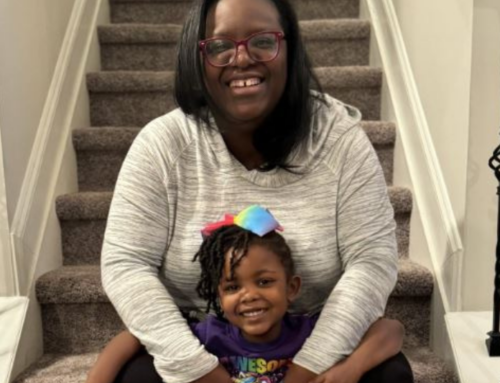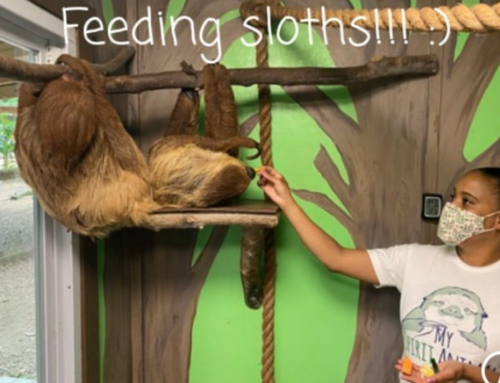We have known for years that there is great benefit to engaging persons with lived-experiences; both youth served by agencies and programs, and family members who have advocated for others in various systems. Their first hand observations, experiences and outcomes inform the implementation of services, supports and programs, policy development, and how we evaluate the success of the system. They offer information about barriers, successful strategies and gaps that exist for children, youth and families in a very real way. And when we work hard to include persons with lived-experience from the variety of cultures in a community, together we are bound to create a system of care that is responsive and accessible so that all in a community can achieve positive outcomes.
As we have worked to include the meaningful participation of persons with lived-experience, we have learned that youth and family members who participate in system change must be supported in their participation. Simply inviting them to attend meetings is not enough. In order to adequately support persons with lived-experience in a continuous way, it is important to understand where these individuals are: either as recipients of services, advocates for others, and finally partners in systems change.
As recipients of services, individuals gain experience in managing their care. As they move through the process of accessing and, hopefully, benefitting from services and supports, they develop their narrative that usually includes what happened, how they were or were not helped, and how they overcame barriers leading to where they are currently. This narrative is tremendously helpful in motivating collaborative groups and individual leaders to examine their processes, services, and partnerships.
As advocates for collective groups of youth and family members, they become aware of the variety of narratives that exist in a community. Because of their unique ability to connect with peers and other persons with lived-experience, they are able to offer a tapestry that includes a variety of narratives. The groups they contribute to, influence, and lead, benefit from a more diverse, composite picture of the current situation in the community.
Finally as partners in system building, persons with lived-experience are true and equal partners at the table, valued for their experiences, knowledge, expertise, and connections to the community. They are now the leaders within collaborative groups ready to share their observations, ideas and concerns, as well as hear those of the agencies. True collaboration occurs when all partners, both those with lived-experience and those who provides services and supports as their avocation can hear all interests, create a collective strategy for moving forward and engage collectively in implementation.
It is incumbent upon system leaders to work to understand where persons with lived-experience are in their development in order to support their growth as partners. This mentoring is not unlike supporting partners as they grow into their jobs. This developmental support occurs within the context of a strong and trustworthy relationship that is intentionally nurtured. Persons with lived-experience should be asked about the role they want to play and what they might need to play it confidently. Assume this will change as people grow and take on more perspective. Check-ins with mentors and leaders should occur frequently and training should be offered in both content and subjects such as leadership, collaboration and conflict engagement, evaluation and others.
Just like Starbucks, Marriott and Ford regularly seek feedback from consumers, include consumer perspective on their boards, and create strategy around consumer needs, wants and wishes, we must engage those who access (or don’t) our programs, services, supports and processes to ensure we are good stewards with our resources, and, most importantly, we effectively provide what children and youth and families need to achieve wellness and meaningfully participate in their communities.




